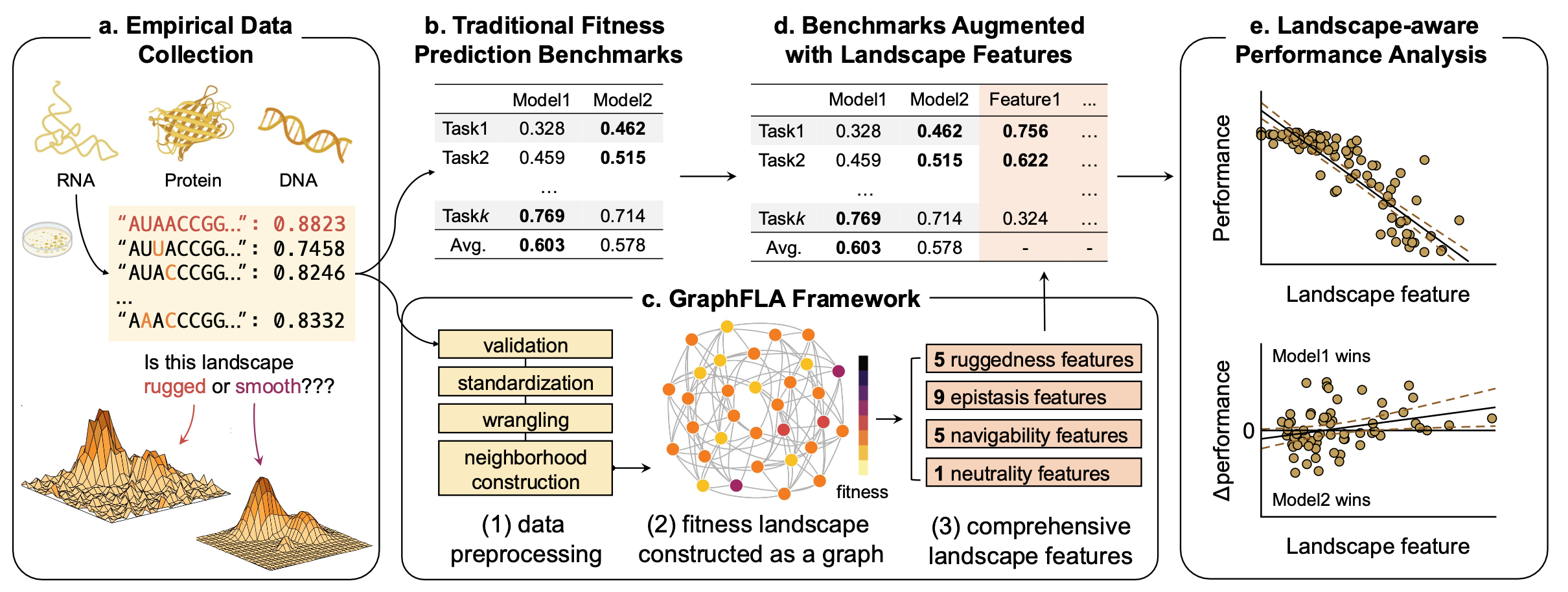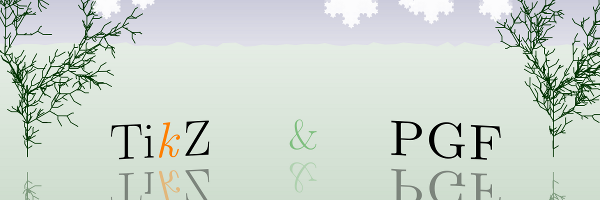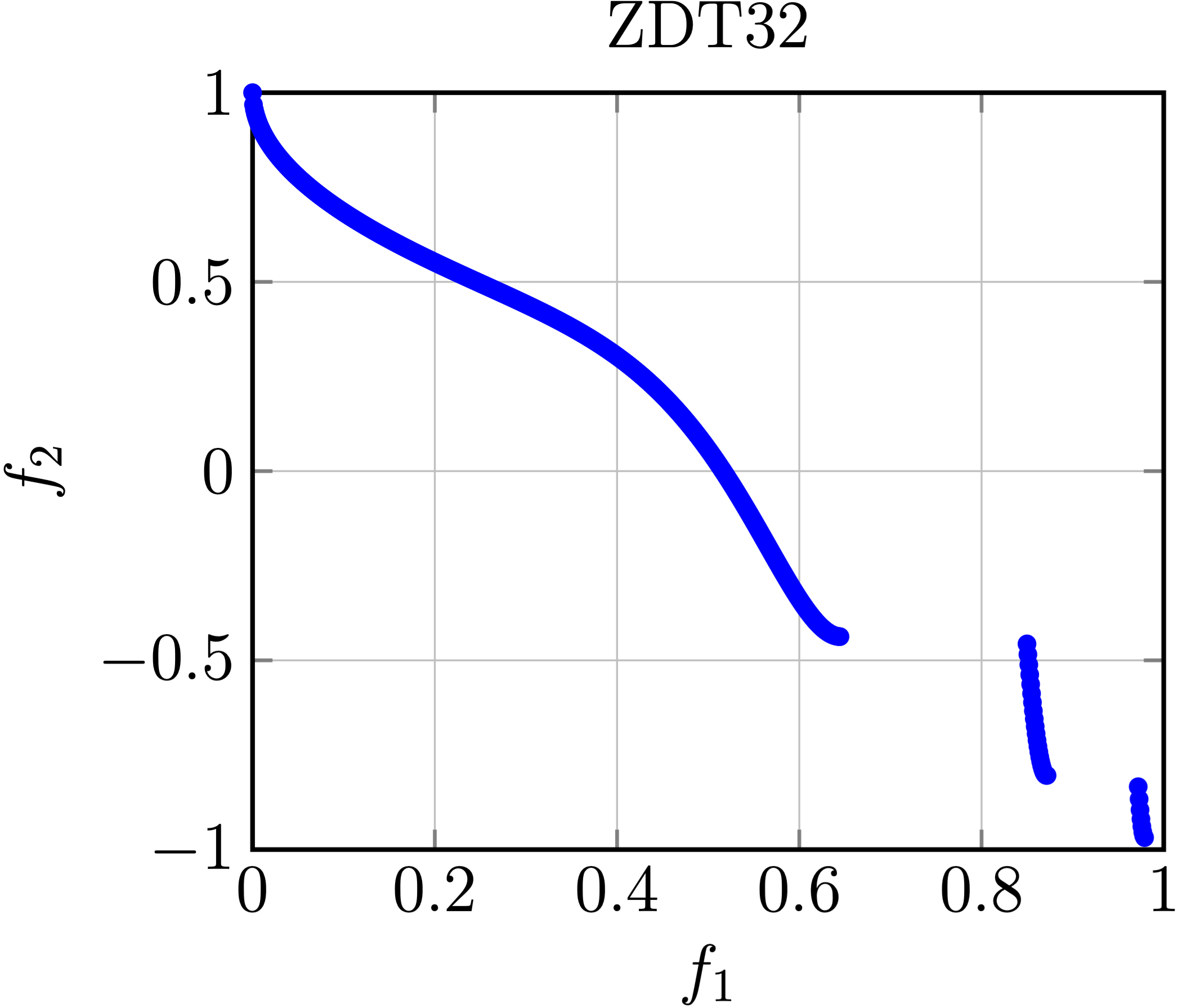October 21, 2025
TLDR: GraphFLA enables efficient characterization of landscape features of arbitrary sequence-fitness landscapes, thereby augments the performance evaluation of genomic models

Abstract
#
Machine learning models increasingly map biological sequence-fitness landscapes across various modalities to predict mutational effects. Effective evaluation of these models requires benchmarks derived from empirical data. However, current benchmarks often lack detailed topographical information regarding the underlying fitness landscape, which hampers interpretation and comparison of model performance.
Here, we introduce GraphFLA, a Python framework that constructs and analyzes fitness landscapes from diverse modalities (DNA, RNA, protein, and beyond), accommodating datasets up to millions of mutants. GraphFLA calculates 20 biologically relevant features that characterize 4 fundamental aspects of landscape topography.
...
March 25, 2022
TikZ is a powerful drawing package for academics who are using LaTeX for paper writing. Unlike other TeX packages, TikZ itself is really huge, its manual contains about 1100+ pages, 100+ chapters. Tens of other packages, and serveral GUI applications are based on TikZ.
Instead of being comprehensive, this page mainly aims to provide a curated list of awesome TikZ templates frequently used in our COLA laboratory.
Scatter plots
#
February 25, 2022
Overleaf is a collaborative cloud-based LaTeX editor used for writing, editing and publishing scientific documents. In COLA laboratory, we use the Overleaf as the centralized place to manage our manuscripts. In order to make the projects be managed in an organized manner, a project is usually named as A_B_C.
A: journal/conference name, e.g., TEVC/PPSN22B: acronym of the algorithm, e.g., TBO2C: first character of your name, e.g., RC
This comes up to be a typical example: TEVC_TBO2_RC.
...
February 25, 2022
Bibtex is a powerful tool to manage your references in scientific writing by using LaTeX. However, the bibtex sources can be messy in the wild. Here are some useful tips to prepare a beautiful and clean bibtex file.
- Instead of searching from Google, it might be more convenient to search the corresponding paper or author in
DBLP. There is an option to choose the
export record as the BibTeX.
- It will be more efficient to use some text editor like
Vim to facilitate your editing. However, there is a steep learning curve to manage the Vim.
- Be careful to include unnecessary components in your bib. For example, it will take extra space if you include
url and doi. Note that most publishers have a strict rule on the page length.
- If the corresponding paper is not published yet, i.e., just accepted or in press, there is usually NO
pages, volume and number related information. Instead, we just need to amend a note component in the bibtex: note={accepted for publication}.
In the following paragraphs, we mainly focus on three types of publications to give you some tangible examples.
...




